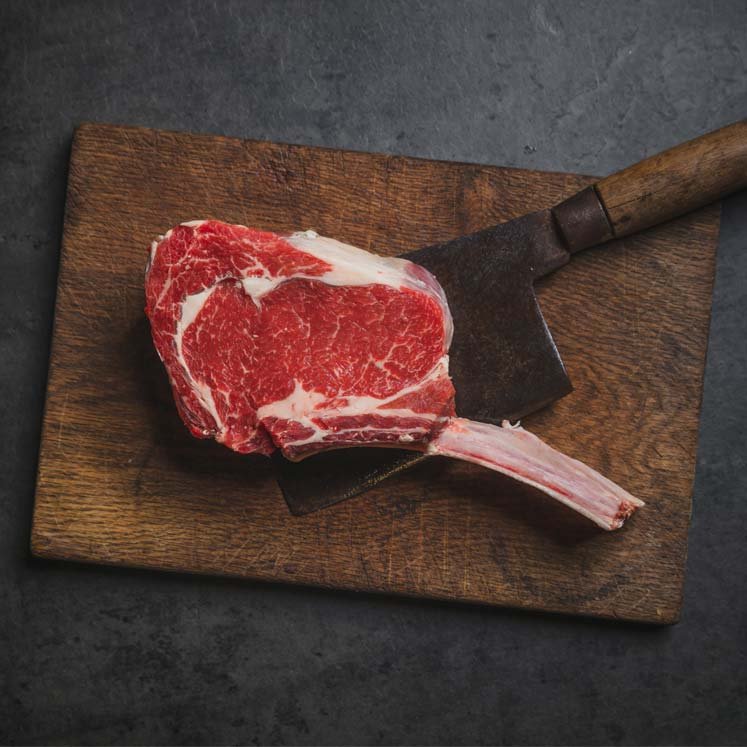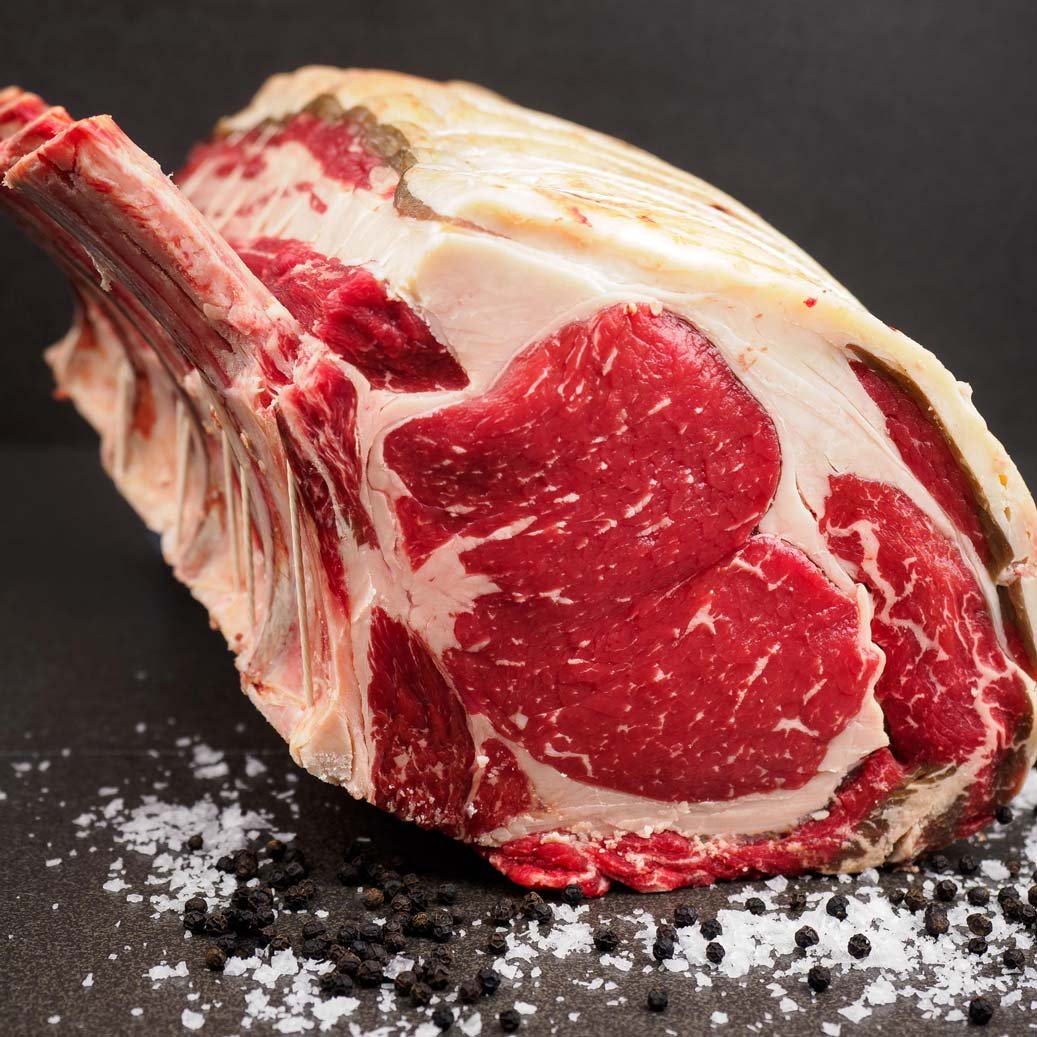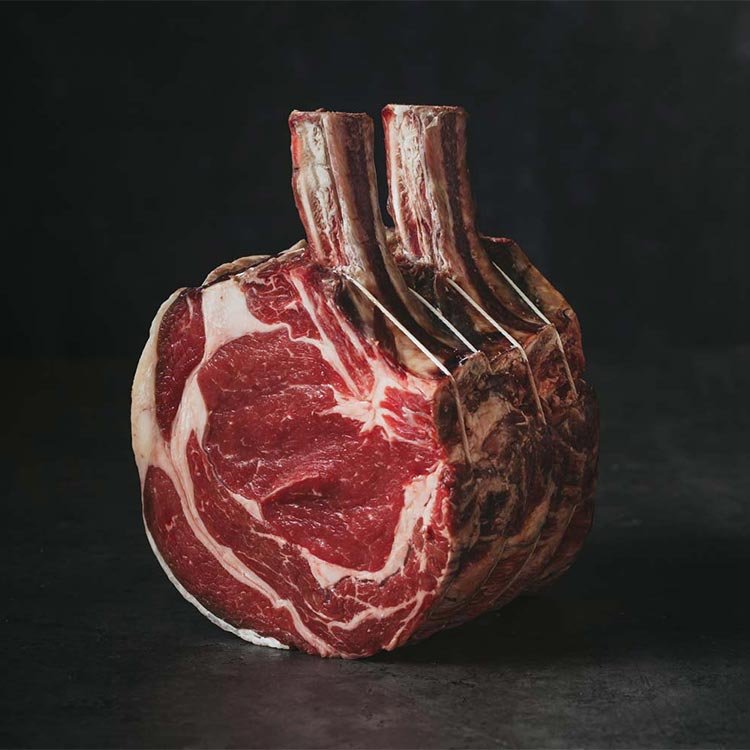Roasting a rib of beef is a classic and delicious way to prepare this flavorful cut of meat. Whether you’re hosting a special occasion or simply craving a hearty meal, follow these steps to achieve a perfectly roasted carvery rib of beef.
1. Choose the Right Cut
When selecting a rib of beef, look for a well-marbled piece with a good amount of fat. This will ensure a tender and juicy roast. The most popular cuts for roasting are ribeye and prime rib.
2. Seasoning
Before roasting, season the rib of beef generously with salt, pepper, and any other desired herbs or spices. This will enhance the flavor of the meat as it cooks.
3. Preheat the Oven
Preheat your oven to a high temperature, around 450°F (230°C). This initial high heat will help sear the meat and create a flavorful crust.
4. Roasting Time
Place the seasoned rib of beef on a roasting rack in a shallow pan. Cook at the high temperature for about 15 minutes to sear the outside. Then, reduce the oven temperature to around 325°F (160°C) and continue roasting. The general rule of thumb is to cook the rib of beef for about 20 minutes per pound (450 grams) for medium-rare doneness.
5. Use a Meat Thermometer
To ensure the perfect doneness, use a meat thermometer to check the internal temperature of the rib of beef. For medium-rare, aim for a temperature of around 135°F (57°C).
6. Resting Period
Once the rib of beef reaches the desired temperature, remove it from the oven and let it rest for about 15-20 minutes. This allows the juices to redistribute and results in a more tender and flavorful roast.
7. Carving
Finally, carve the rib of beef into thick, juicy slices and serve with your favorite side dishes. Yorkshire pudding, roasted vegetables, and horseradish sauce are all popular accompaniments.
By following these steps, you’ll be able to roast a rib of beef to perfection, impressing your guests or treating yourself to a delicious and satisfying meal.



